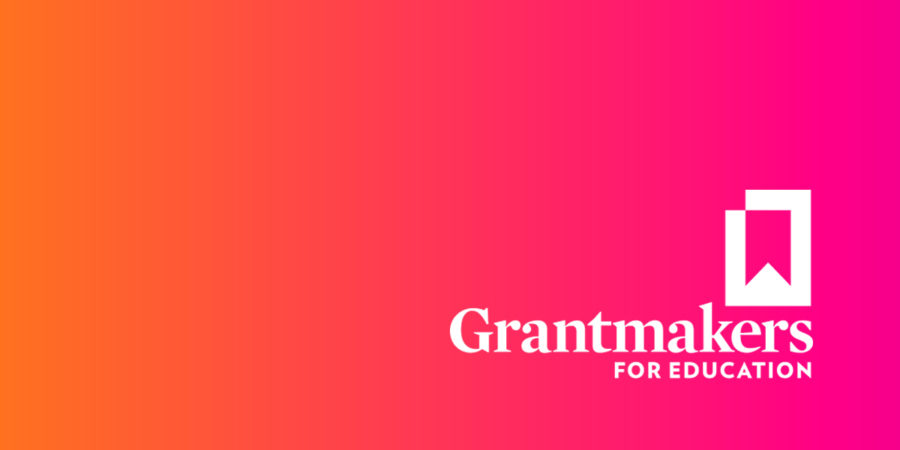Resources
Knowledge begins here
but never ends.
Curated reports, deep research, informational articles, podcasts. Everything you need to stay well
informed in the world of education grantmaking.
Philanthropy’s Role in a Transitioning Education Landscape

Read Grantmakers for Education and The Philanthropic Collaborative for Education's joint statement on Philanthropy’s Role in a Transitioning Education Landscape.
Kids Are Philanthropists, Too: "The Future of Education"
Trends in Education Philanthropy: Benchmarking 2025
.
FILTER RESOURCES
SEARCH RESOURCES
National Summer Learning Week Programs Toolkit
The National Summer Learning Association has produced a program toolkit to help summer programs celebrate National Summer Learning Week. Resources include archived webinars, tip sheets for providers and parents and caregivers, and toolkits.
The Arts Advantage: Impacts of Arts Education on Boston Students
The Arts Advantage encompasses an analysis of 11 years of arts education data and district data regarding student engagement, school climate and traditional academic outcomes to examine arts education impacts for K-12 students and includes over 1,500 variables and 615,000 student-level observations.
Perceptions of Postsecondary Education and Training in Rural Areas
Rural communities are not a monolith; they have unique challenges that require unique policy solutions. One of the best ways to understand the diversity of those challenges — and, in turn, identify the most effective solutions — is to hear directly from rural communities. This Special Report analyzes data from a 2020 Strada Education Network/Gallup survey on the perceptions of postsecondary education and training, focusing on the responses from rural residents specifically. In general, rural respondents answered favorably when asked about motivations for past and future education and indicated perceived value in pursuit of education and training. However, most respondents indicated they would not pursue additional education and training in the next five years, in part because of the barriers they identified — including COVID-19, costs in general, and uncertainty in career pathways.
Why aren’t kids a policy priority? The cultural mindsets and attitudes that keep kids off the public agenda
New Attitudes, Old Practices: The Provision of Multiyear General Operating Support
The Most Important Door that Will Ever Open: Realizing the Mission of Higher Education Through Equitable Admissions Policies
In signing the Higher Education Act of 1965, President Lyndon B. Johnson described education as “the most important door that will ever open.” Earning a college credential can mean a better living and a better life for students and their families. But to earn that credential, students must first navigate the admissions process. Education is indeed a door, but recruitment, admissions, and enrollment policies and practices dictate how wide that door is open. Left unexamined, these policies and practices often limit opportunities for Black, Latinx, Indigenous, and underrepresented Asian American and Pacific Islander students and students from low-income backgrounds. It’s time to rethink these policies. It’s time to open the door for all of today’s students.
Submit A Resource
Expand your audience by expanding minds.
We believe in getting research and insights into more hands to support learning for our peers and community. Share your resources that would be useful to education grantmakers.





